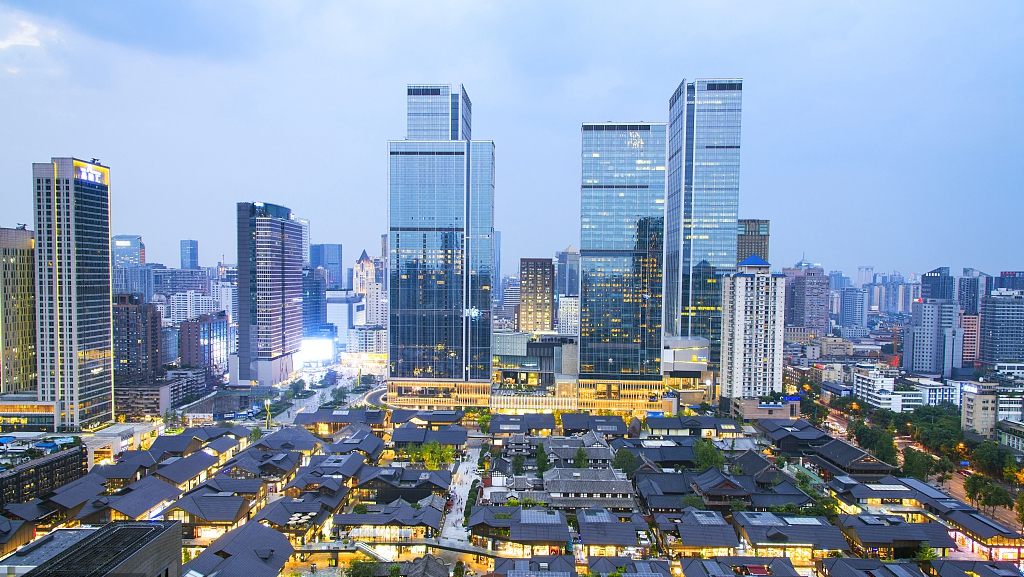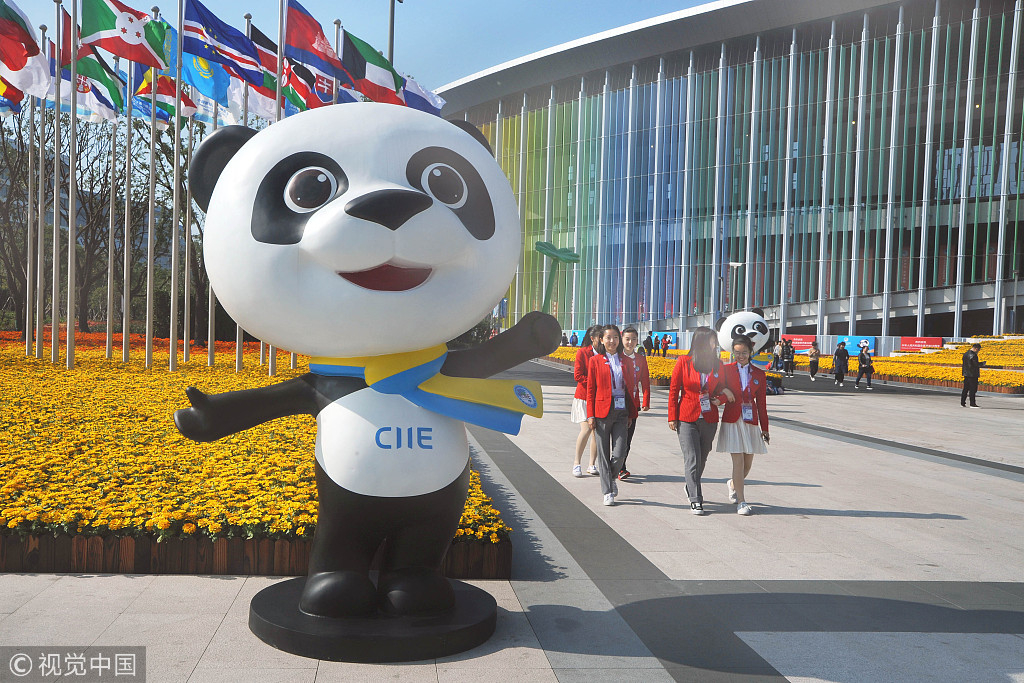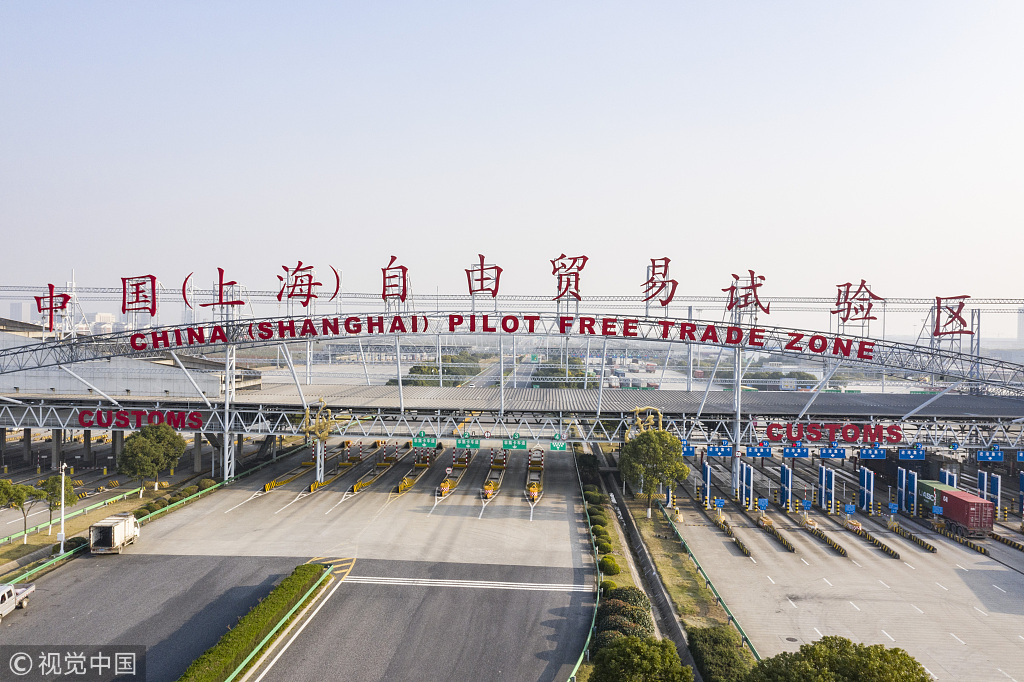
Opinion
16:11, 29-Jan-2019
China promotes a higher level of openness based on rules
China Plus

Editor's note: This article is an edited translation of a commentary from the Chinese-language "Commentaries on International Affairs" published by China Plus on January 28, 2019.
At the 2019 annual meeting of the World Economic Forum held last week, China once again expressed its determination to promote all-round opening-up to the world. A month ago, China's Central Economic Work Conference first proposed that 2019 will see the country shift its openness based on commodities and economic factors to a rule-based system-wide alignment with the outside world. All of this means that China's opening-up will enter a new stage.
In the past 40 years of reform and opening-up, China lived off its natural endowments including labor, land and market strength, allowing for rapid industrialization and urbanization. Today, as China's economy shifts from high-speed growth to high-quality development, it can no longer rely on one-way inflow of resources for growth. To achieve a higher level of openness in today's world, China needs to create the same rules and systems which allow for the exchange of differentiated economic resources between the domestic and foreign markets.
Breaking things down, one needs to recognize how China comes to find itself today. Developing nations, such as China, were the beneficiaries of global investment by multinational corporations. Countries like China were ripe for expansion in terms of labor costs, the supply of raw materials and the overall size of their domestic markets. This opening-up to multinationals allowed developing nations to import better production methods, while also helping them create internal levels of industrialization, as well as regional growth. In East Asia, Japan's rapid expansion allowed for its companies to shift their production bases to places such as China and elsewhere in the region.

The first China International Import Expo was held in Shanghai in November 2018. /VCG Photo
The first China International Import Expo was held in Shanghai in November 2018. /VCG Photo
The 2008 financial crisis marked a major turning point in production patterns around the world. Shocked by the loss of jobs and development in their own countries, developed nations turned inward. They adopted what many would claim as "competitive" protectionist measures to create a re-industrialization. Tax and trade policies were also refocused, creating ripples through the global system by cutting off the flow of multinational production toward developing nations. The shock to the system also fostered new institutional barriers which continue to affect global trade.
This change in the situation naturally puts new demands on China's reform and opening-up. Over the past 40 years, China has been following a gradual reform model and has been slowly integrating into the global production system by balancing its own needs in line with the rules of the international markets. But noting what was taking place in the wake of the financial crisis, Chinese authorities decided to open up more quickly. This included the creation of free trade zones and easier rules to keep the international community coming into the Chinese market. Last year saw the launch of the first China International Import Expo, which authorities expect will become a major platform in the years to come to help hone Chinese policies and rules to create a solid level of institutional openness.
Institutional openness and international cooperation are the key priorities in China's new round of opening-up. Institutional openness will help to reduce the cost of doing business, while also creating a more level playing field among domestic and international investors. With the establishment of the Shanghai Pilot Free Trade Zone in 2013, Chinese authorities created a negative list management system for foreign investment. Under the system, any area of the economy which doesn't show up on the negative list is open for investment by international players. A continued streamlining of the list through the years has seen China open up in new areas, including securities and insurance, while also making it easier for foreign investors to maintain ownership of their operations in China through elimination of various joint-ownership restrictions. Shanghai stands at the forefront of this, with Tesla as a prime example. The electric vehicle maker is the first wholly foreign-owned automaker in Shanghai, which is seen as an important indicator of China's move to open its market up even further.

The Shanghai Pilot Free Trade Zone. /VCG Photo
The Shanghai Pilot Free Trade Zone. /VCG Photo
Beyond making it easier for foreign companies to enter the market, Chinese authorities are also taking steps to make it easier for them to operate. This involves new policy directives which fit more closely with international rules and regulations. Last year, Shanghai turned to the World Bank's business environment indicators as its main reference in creating new trade policies, carrying out a series of targeted reforms. Through this, the latest World Bank rankings announced at the end of last year put China's business environment competitiveness up 32 places compared to the previous year.
As the largest developing market in the world, China is under intense scrutiny in the international market, but has also become a benchmark for other nations. More and more countries are now basing their development models around what China has been doing. As such, this is already turning the "Belt and Road Initiative" into a conduit to show the rest of the world how development strategies can work if applied properly, and based on international standards and cooperation.
(If you want to contribute and have specific expertise, please contact us at opinions@cgtn.com.)

SITEMAP
Copyright © 2018 CGTN. Beijing ICP prepared NO.16065310-3
Copyright © 2018 CGTN. Beijing ICP prepared NO.16065310-3